FOR IMMEDIATE RELEASE
March 13, 2019
CONTACT:
David Brooks, Montana Trout Unlimited, 406-543-0054, [email protected]
Scott Bosse, American Rivers, 406-570-0455, [email protected]
Montana Department of Environmental Quality permits high risk mine in the Smith River watershed despite flawed environmental analysis
 Every year at this time thousands of Montanans and their families are preparing to float on one of the state’s most treasured rivers. This year, just as those folks are dreaming and planning prospective Smith River trips of a lifetime, Montana’s Department of Environmental Quality (MTDEQ) has risked the health of that fabled river by permitting a foreign company to mine copper in its headwaters.
Every year at this time thousands of Montanans and their families are preparing to float on one of the state’s most treasured rivers. This year, just as those folks are dreaming and planning prospective Smith River trips of a lifetime, Montana’s Department of Environmental Quality (MTDEQ) has risked the health of that fabled river by permitting a foreign company to mine copper in its headwaters.
Despite widespread public opposition from a strong majority of Montanans and well-documented concerns expressed by scientists, landowners, and a coalition of conservation organizations, the MTDEQ has finalized an environmental impact statement (EIS) for the Black Butte copper mine in the headwaters of the Smith River. The final EIS permits the mine, while ignoring more than 12,000 public comments opposing it and a wealth of evidence presented to DEQ showing a high risk of long-term pollution and dewatering of the Smith River and its most important tributary, Sheep Creek. Citizens and conservation organizations plan to challenge this bad decision, which risks one of Montana’s most treasured rivers.
Smith River landowner Lezlie Pearce-Hopper was taken aback by the DEQ’s decision. “In my wildest imagination I never conceived a scenario where a mine could or would be built in this pristine place. My hope was always to leave it better than we found it for future generations.”
Australian-owned Sandfire Resources (SFR.V) proposes to build the large-scale copper mine adjacent to and underneath a critical tributary of the Smith River. Sandfire plans to utilize untested technology to permanently store millions of tons of acid-producing mine waste. Sandfire has also made clear that it intends to expand the mine to create a 50-year mining district, and has already acquired the mineral rights.
“The DEQ’s decision to permit Sandfire’s mine is a direct threat to my business,” stated Brandon Boedecker of PRO Outfitters. “My outfitting operation is dependent on clean water and wild country, and the DEQ apparently thinks that a copper mine is more important than the Smith River and the folks that depend on it. They’re wrong.”
The draft EIS for the mine was released in spring 2018. The draft EIS lacked critical information, used flawed data, relied on weak methodologies, and failed to acknowledge numerous risks to water quality and quantity that the mine poses to the Smith River watershed, which already suffers from insufficient flows in most years.
A coalition of conservation organizations, including American Rivers, Earthworks, the Montana Environmental Information Center, Montana Trout Unlimited, and Trout Unlimited hired five independent experts to review, evaluate and comment on the draft EIS’s analysis of mine engineering, hydrology, geochemistry, and aquatic biology. Based on the experts’ findings and conservation organizations’ review of the draft EIS, they strongly urged the DEQ to select the “No Action” alternative, meaning that the department would deny Sandfire a mine permit.
“Today we learned that despite an EIS that was shown to be woefully inadequate, the DEQ gave Sandfire the go-ahead to build its controversial mine, with only minor changes that do little to curtail the substantial risks it poses to water quality, water quantity, and the Smith River’s nationally renowned wild trout fishery,” said David Brooks, executive director of Montana Trout Unlimited. “In doing so, DEQ discounted the concerns of thousands of Montanans who submitted comments asking the agency to protect the Smith River for future generations.”
Approving the mine plan in the final EIS has kickstarted the next process in the conservation groups’ efforts to protect the Smith River. “We will move our efforts from the administrative process, which we have fully participated in at every stage, to the legal arena,” confirmed Brooks. “We are disappointed but not terribly surprised by DEQ’s decision. We are working with our legal team on several litigation options that we will pursue regarding the many ways this EIS fails to protect the Smith River.”
The conservation groups have 60-90 days to challenge MTDEQ’s final permit decision in State District Court.


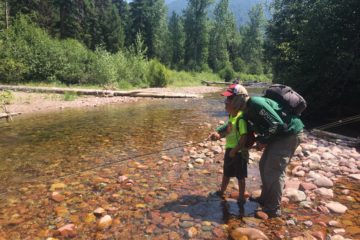
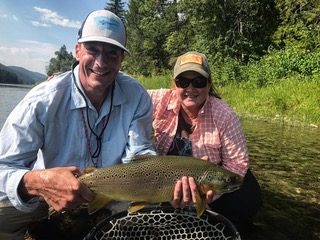


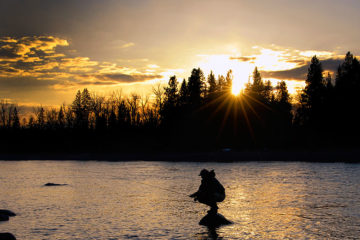
 Make a plan for the day’s fishing to minimize time spent together in enclosed vehicles and other spaces.
Make a plan for the day’s fishing to minimize time spent together in enclosed vehicles and other spaces.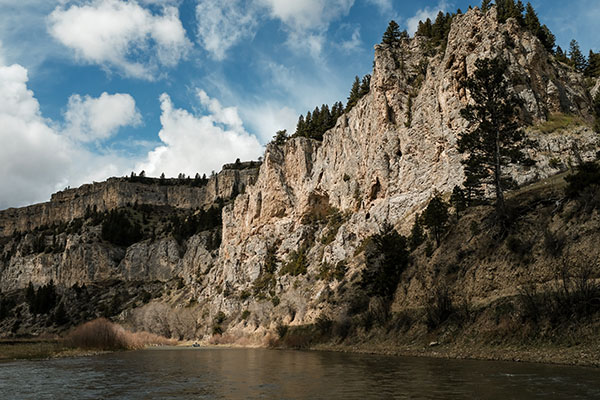
 Every year at this time thousands of Montanans and their families are preparing to float on one of the state’s most treasured rivers. This year, just as those folks are dreaming and planning prospective Smith River trips of a lifetime, Montana’s Department of Environmental Quality (MTDEQ) has risked the health of that fabled river by permitting a foreign company to mine copper in its headwaters.
Every year at this time thousands of Montanans and their families are preparing to float on one of the state’s most treasured rivers. This year, just as those folks are dreaming and planning prospective Smith River trips of a lifetime, Montana’s Department of Environmental Quality (MTDEQ) has risked the health of that fabled river by permitting a foreign company to mine copper in its headwaters.

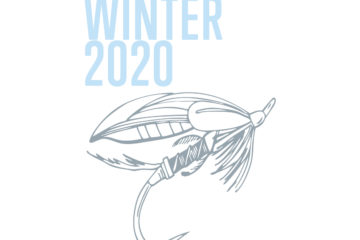
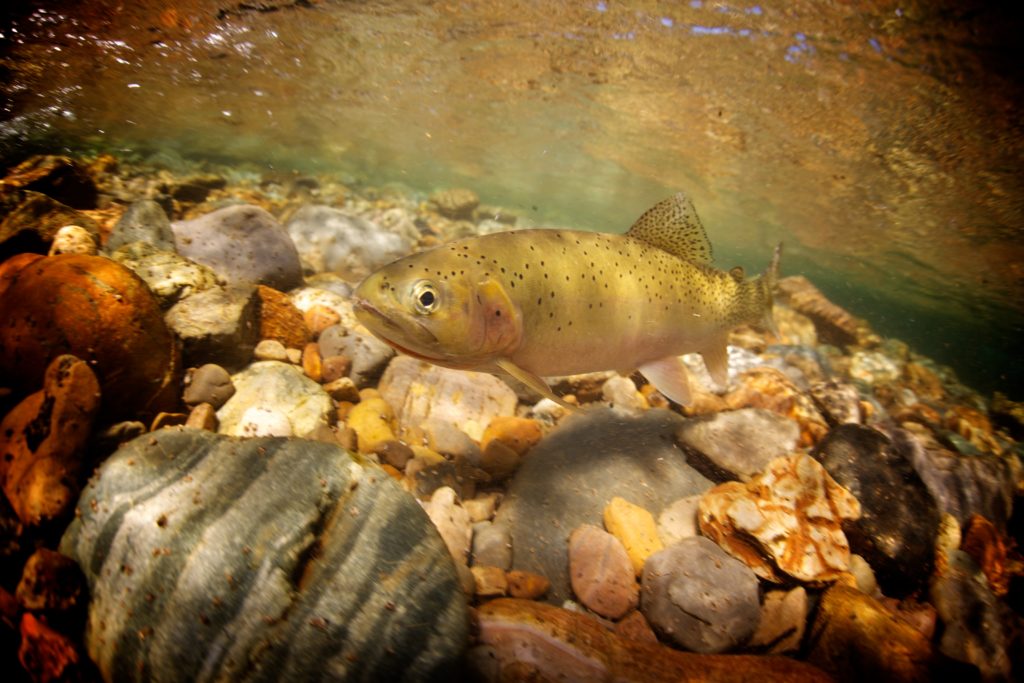
 season. The upper stretches of most of these streams, the headwaters, the wetlands that sustain summer flows, the true origins of all our treasured rivers are now fair game for polluters.
season. The upper stretches of most of these streams, the headwaters, the wetlands that sustain summer flows, the true origins of all our treasured rivers are now fair game for polluters.  Everyone learns at an early age that water runs downhill. When someone pollutes upstream, the poison doesn’t just stay there. It trickles, or in some cases like our own Clark Fork River, floods and impacts downstream communities. Our headwater streams are the source of our water supplies, yet the Environmental Protection Agency is ignoring the best available science and putting both public health and our fisheries at risk. While drafting the new rule, the EPA ignored a report from its own science advisory board that the rule was not grounded in good science. A number of former and current long-serving EPA employees are also filing a complaint that EPA leaders ignored science, dismissed concerns within the agency, and barred employees from opposing or commenting on the process or the outcome. For those of us who believe sound policy should be based in reason, the decision to remove these protections seems rash and arbitrary. (See articles in the
Everyone learns at an early age that water runs downhill. When someone pollutes upstream, the poison doesn’t just stay there. It trickles, or in some cases like our own Clark Fork River, floods and impacts downstream communities. Our headwater streams are the source of our water supplies, yet the Environmental Protection Agency is ignoring the best available science and putting both public health and our fisheries at risk. While drafting the new rule, the EPA ignored a report from its own science advisory board that the rule was not grounded in good science. A number of former and current long-serving EPA employees are also filing a complaint that EPA leaders ignored science, dismissed concerns within the agency, and barred employees from opposing or commenting on the process or the outcome. For those of us who believe sound policy should be based in reason, the decision to remove these protections seems rash and arbitrary. (See articles in the